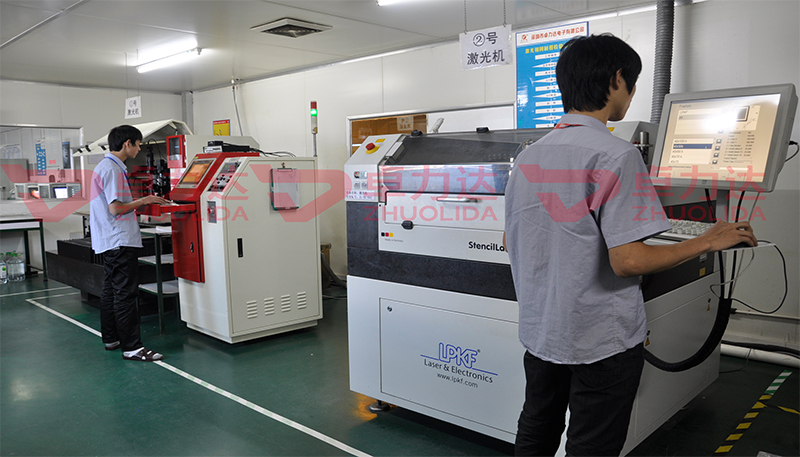
Using Armour Etch on stainless steel is generally ineffective and not recommended. Armour Etch is a product designed specifically for etching glass, and it operates through a chemical process tailored to react with the silica in glass. Stainless steel, however, has a very different chemical composition and physical structure, which makes Armour Etch unsuitable for this material. Here's a deeper exploration of why Armour Etch doesn't work on stainless steel, what alternatives are available, and considerations for those interested in etching metal surfaces.
Armour Etch is formulated to chemically interact with glass, which contains silica—a compound that reacts with the hydrofluoric acid and other chemicals in Armour Etch. When applied to glass, Armour Etch breaks down the surface layer, creating a frosted or etched look by roughening the smooth glass surface. This product, however, has minimal or no effect on stainless steel, which is made primarily of iron, chromium, and nickel. Stainless steel's resistance to rust and corrosion is due to a thin layer of chromium oxide that forms on its surface, making it highly resilient against many chemicals, including those in Armour Etch. As a result, Armour Etch doesn’t have the necessary reactive properties to etch or alter the surface of stainless steel.
Armour Etch is not designed for metals, and using it on stainless steel can pose certain risks. First, it is generally less effective, meaning the user might be tempted to apply more than recommended in an attempt to achieve results, which could lead to overexposure to fumes or contact with skin, risking irritation or chemical burns. Additionally, Armour Etch contains hydrofluoric acid, which is particularly hazardous if misused. Trying to use Armour Etch outside of its intended purpose can increase the risks without yielding satisfactory results.
Since Armour Etch isn’t suitable for stainless steel, there are several effective alternatives for those who wish to achieve a similar etched look. These methods vary in complexity, cost, and safety requirements, and they include the following:
Electrolytic EtchingElectrolytic etching is a popular and effective way to etch stainless steel. This technique uses an electric current to remove material from the surface, resulting in a precise and controlled etching. Here’s how it works:
This process can create intricate designs and is commonly used for labeling, branding, or artistic etching on stainless steel surfaces. However, it requires specialized equipment and safety precautions, including gloves and eye protection.
The stainless steel is cleaned, and the design is transferred onto the surface using a stencil or resist material.
An electrolyte solution is applied to the area to be etched.
A low-voltage electrical current is passed through the metal, causing a reaction that removes some of the material in the design area.
Acid Etching with Ferric ChlorideFerric chloride is one of the most widely used chemicals for etching metals, including stainless steel. This method can achieve a similar effect to Armour Etch on glass, but it is specifically designed to work on metal surfaces.
Ferric chloride produces a clean, even etch, but handling it requires caution. It is toxic and can cause burns upon contact, so gloves, goggles, and adequate ventilation are essential.
The steel is cleaned and prepared, often with a degreasing agent to ensure that the acid adheres uniformly.
A resist (such as vinyl or wax) is applied to areas that should remain unetched.
The piece is then submerged in or coated with a ferric chloride solution, which will react with the exposed stainless steel.
SandblastingSandblasting, also known as abrasive blasting, uses a high-pressure stream of abrasive particles to wear away a surface selectively, creating an etched effect. Although sandblasting is typically more aggressive than other methods, it can be effective for etching designs into stainless steel, especially for large or bold patterns.
This method is commonly used for signage or decorative designs on metal and can produce a frosted or matte finish similar to Armour Etch on glass. However, sandblasting requires access to specialized equipment and should ideally be done in a controlled environment to manage the airborne particles.
A stencil is used to mask off the areas that should remain smooth.
The abrasive material, such as sand, glass beads, or aluminum oxide, is directed at the exposed areas, wearing them away to create an etched effect.
Laser EtchingLaser etching is a highly precise and professional way to etch metal surfaces, including stainless steel. Using focused laser energy, this method vaporizes a thin layer of metal to create designs, text, or intricate patterns.
While laser etching is typically more expensive due to the need for specialized equipment, it provides a permanent and precise result, making it a popular choice for commercial applications. Additionally, laser etching can be done on a variety of metals, including stainless steel, making it highly versatile.
The laser can be programmed to create very detailed and controlled patterns.
Laser etching is also faster and does not involve the use of chemicals.
In summary, Armour Etch is designed exclusively for etching glass and does not have the chemical properties required to etch stainless steel effectively. Stainless steel’s composition and corrosion-resistant surface make it incompatible with the acid-based Armour Etch cream, which relies on silica in glass for its chemical reaction. For those looking to etch stainless steel, alternative methods such as electrolytic etching, ferric chloride acid etching, sandblasting, and laser etching are more suitable and effective.
Each method has its own advantages and safety considerations. Electrolytic etching and acid etching with ferric chloride are relatively accessible but require careful handling of chemicals and electricity. Sandblasting can create bolder designs but requires a controlled environment due to the abrasive materials involved. Laser etching, while the most precise and professional, is also the most expensive due to the technology involved.
For anyone attempting to etch stainless steel, proper research, safety precautions, and the correct method are essential.
Contact: andy_Lai
Phone: 18938693450
E-mail: yw9@zldsmt.com
Add: Building A3, Huafa Industrial Park, Fuyong Town, Fuyuan Road, Fuyong Town, Baoan District, Shenzhen,China